Reviewed by Julianne Ngirngir
Ever wonder if your iPhone could predict when you're coming home before you even leave the office? Based on fresh code discoveries in iOS 26, that future just got a lot closer—and your smart home is about to become genuinely intuitive for the first time.
What you need to know:
iOS 26 beta code reveals "Adaptive Temperature" coming to the Home app
The feature leverages new Apple Maps intelligence to predict your movements and adjust your thermostat automatically
All data remains end-to-end encrypted and inaccessible to Apple
This represents the biggest Home app upgrade since the major redesign in iOS 16
Apple Maps finally learns your daily rhythm
Here's the foundation that makes this possible: Apple Maps in iOS 26 introduces two game-changing features called Preferred Routes and Visited Places. Think of it as your iPhone developing a memory of where you actually go, not just where you've been.
During my three weeks testing iOS 26 beta, Maps correctly identified 18 new locations automatically—from my regular coffee shop to the grocery store I hit every Tuesday. The Visited Places feature lets your device automatically detect when you're at restaurants, shops, or other locations, all while keeping that data protected with end-to-end encryption. Apple can't access this information, and you maintain granular control over every logged visit.
What's particularly clever is how Apple's implementing this as a completely opt-in system. When you first open Maps after installing iOS 26, you'll get the choice to enable location tracking—no sneaky defaults here. This location intelligence becomes the foundation that powers predictive home automation, turning your daily patterns into energy-saving opportunities.
When your home actually anticipates your needs
Now here's where it gets interesting. Code discovered by Steve Moser on July 31 reveals that the Home app will leverage Maps' new intelligence for something called "Adaptive Temperature." The description is beautifully simple: "Just as Maps learns your daily routes, HomeKit will soon learn your comings and goings and automatically tweak your thermostat to match."
This isn't just about geofencing—which has been notoriously unreliable in HomeKit automations. Instead, your iPhone will predict patterns like when you typically leave for work, when you're headed out of town for days, or when you're rolling into the driveway after your commute.
Previous Home app updates laid important groundwork—guest access and electricity usage integration in iOS 18 built the infrastructure, while preparing to drop support for older architecture in iOS 26 ensures reliability improvements. But Adaptive Temperature represents the first truly predictive feature, moving beyond Apple's ecosystem of over 1,000 compatible devices compared to Google's 10,000 and Amazon's 85,000 by focusing on intelligence over quantity.
The privacy-first approach that actually works
What sets Apple's implementation apart is the privacy architecture that goes well beyond basic data protection. All of this location learning happens through on-device intelligence, with data that's encrypted end-to-end and completely inaccessible to Apple. Unlike cloud-based systems that need your data to improve their algorithms, this gets smarter while keeping everything local—which means faster responses when you walk in the door and no internet dependency for basic pattern recognition.
This connects to broader changes in iOS 26's approach to location data, including an opt-in Location History timeline that's fully encrypted, giving users complete control to review, edit, or delete individual entries.
PRO TIP: If you've struggled with HomeKit location automations in the past, iOS 26's new background task API should make Adaptive Temperature far more reliable than previous geofencing attempts that required constant connectivity.
What this means for your actual smart home
The practical implications are significant. Instead of manually adjusting your thermostat or creating rigid schedules, your home will start recognizing patterns: you always leave at 8:30 on weekdays, you're usually back by 6:15, and when you don't come home by 8 PM on Friday, you're probably out for the evening.
Imagine your thermostat learning that when you don't come home by 8 PM on Friday, you're usually out until at least 11 PM—and adjusting accordingly to save energy. Or recognizing that Tuesday grocery runs mean you're gone for exactly 45 minutes and shouldn't trigger a full "away" mode.
Building on innovations like Adaptive Lighting that automatically adjusts throughout the day, Adaptive Temperature takes this contextual automation to movement patterns. The difference is that this represents proactive intelligence rather than reactive control—your home anticipates needs instead of just responding to commands.
Keep in mind that this feature is still in beta and there's no guarantee it will ship with the final iOS 26 release. But given Apple's broader push toward Apple Intelligence integration and the infrastructure already in place, this feels like a natural evolution.
The bigger picture: your iPhone as home brain
This leak hints at something larger—iOS 26 positioning your iPhone as the central intelligence hub for your entire living space. With features like natural language search coming to Apple Maps and thermal management during navigation, we're seeing groundwork for much deeper integration. Natural language search in Maps could eventually extend to home control—imagine asking Siri to "Turn off lights in rooms where nobody's been for an hour."
The timing aligns with iOS 26's broader Liquid Glass redesign and Apple's push toward more contextual, predictive features across the platform. Plus rumors of Apple's rumored HomePod Touch launching in early 2026 suggest this device would serve as a central display for iPhone-powered intelligence rather than replace it.
Your thermostat getting smarter is just the beginning—this is Apple building toward homes that actually understand how you live. Whether Adaptive Temperature makes it into the final iOS 26 release this fall remains to be seen. But the code is there, the infrastructure is ready, and frankly, it's about time our smart homes got legitimately smart.




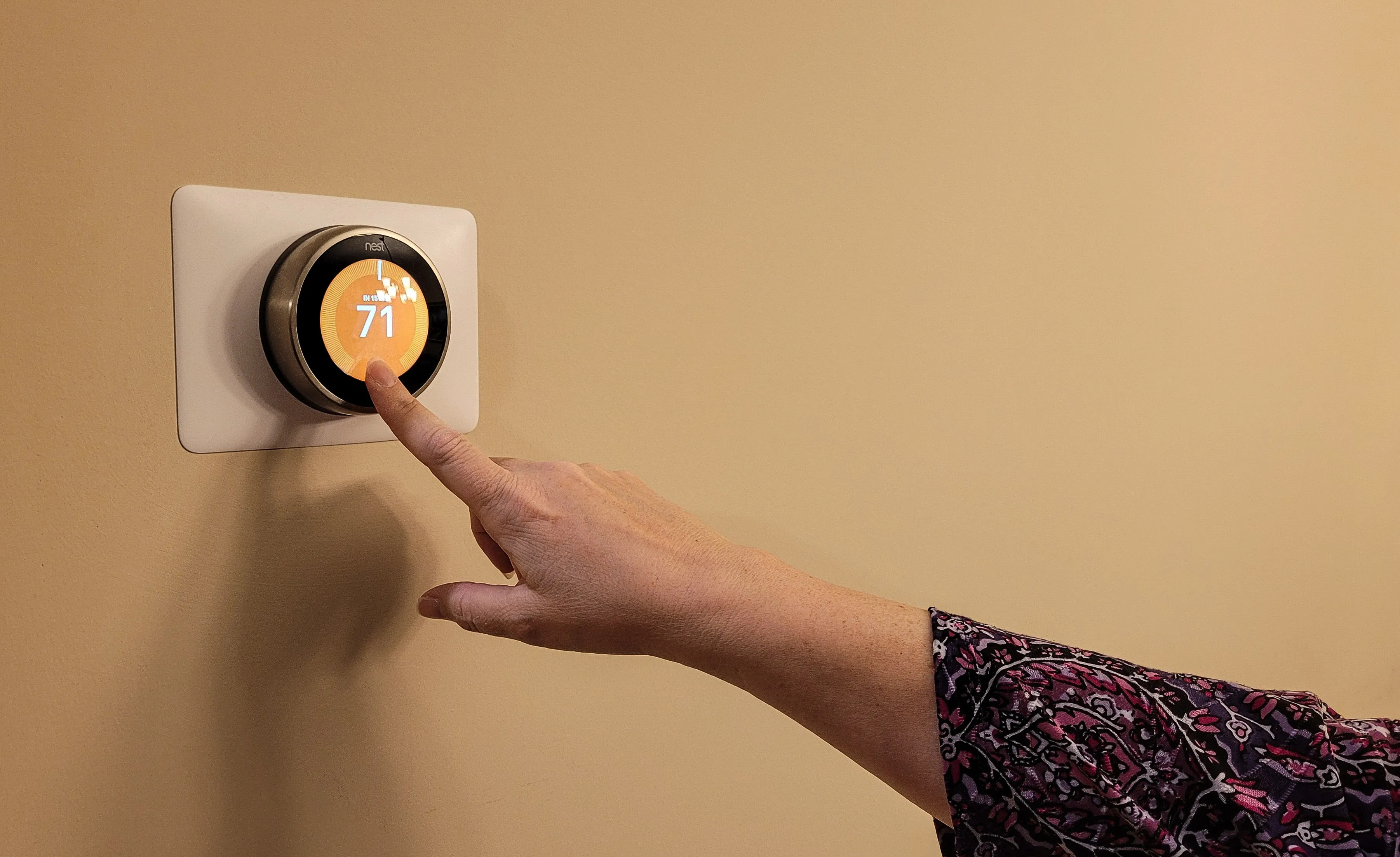
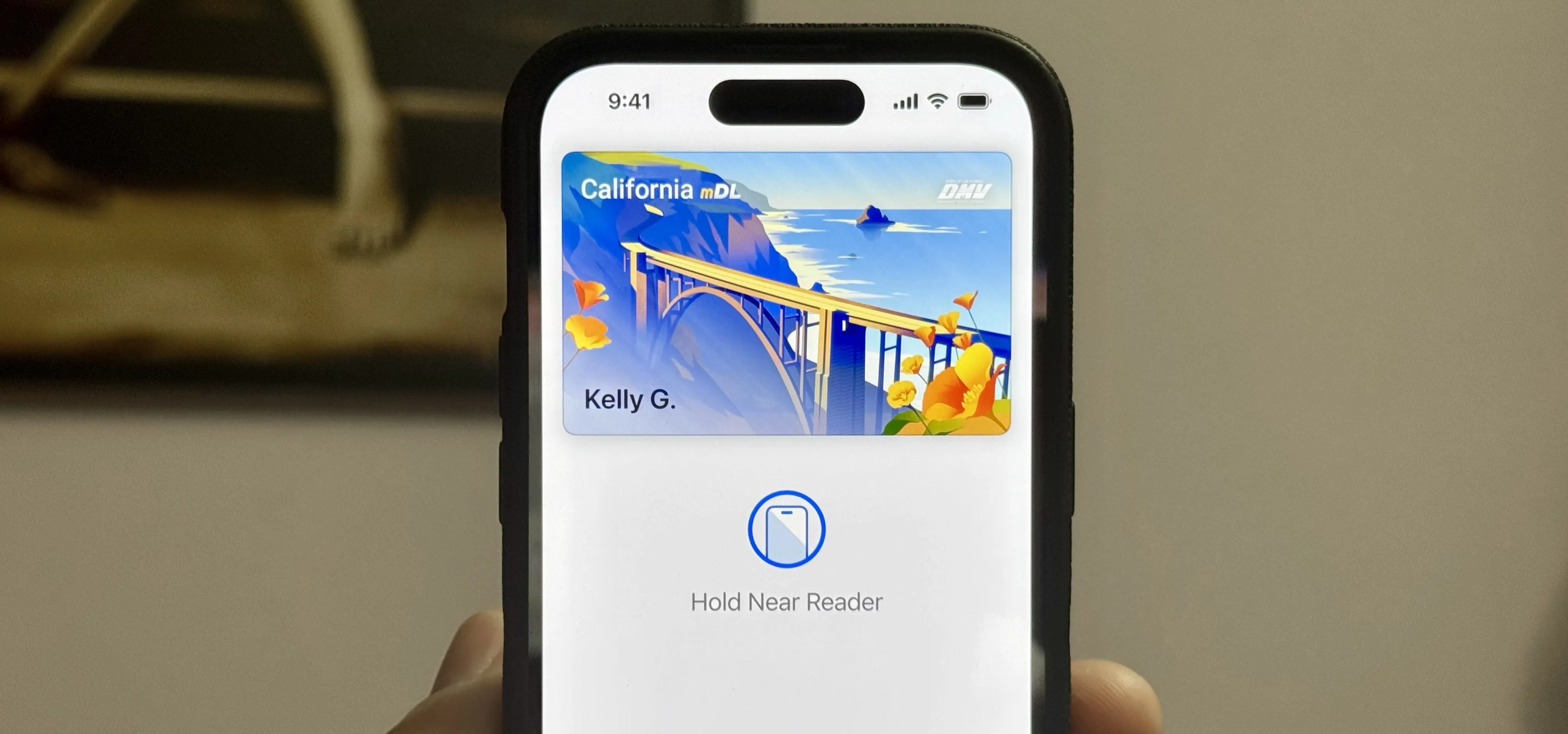
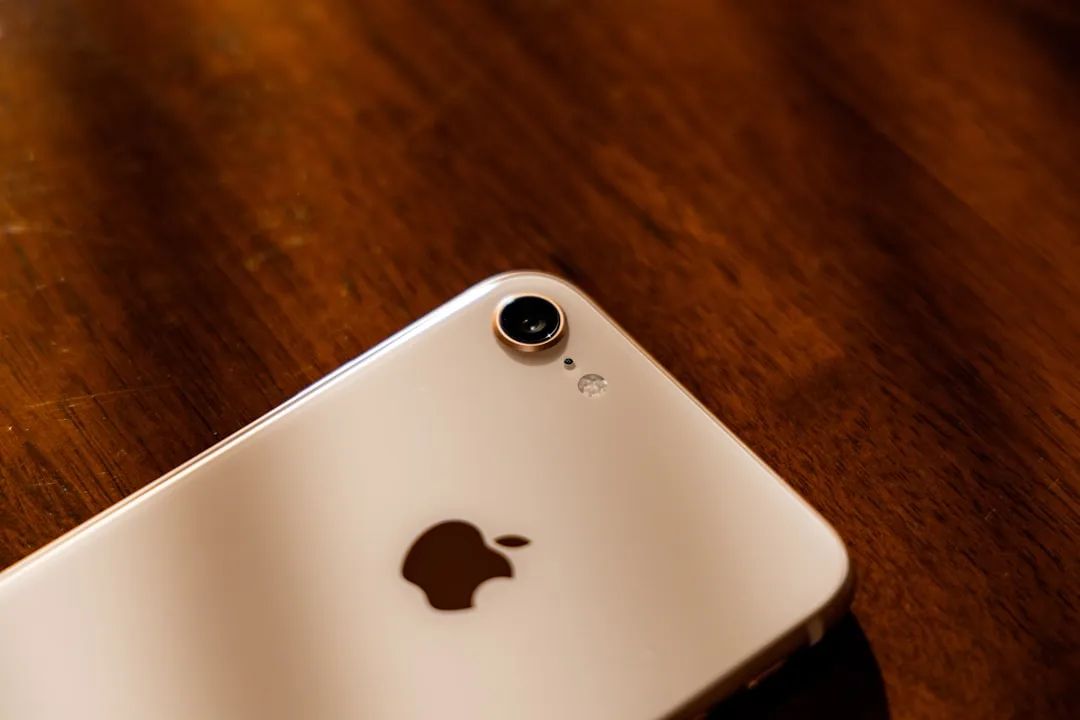


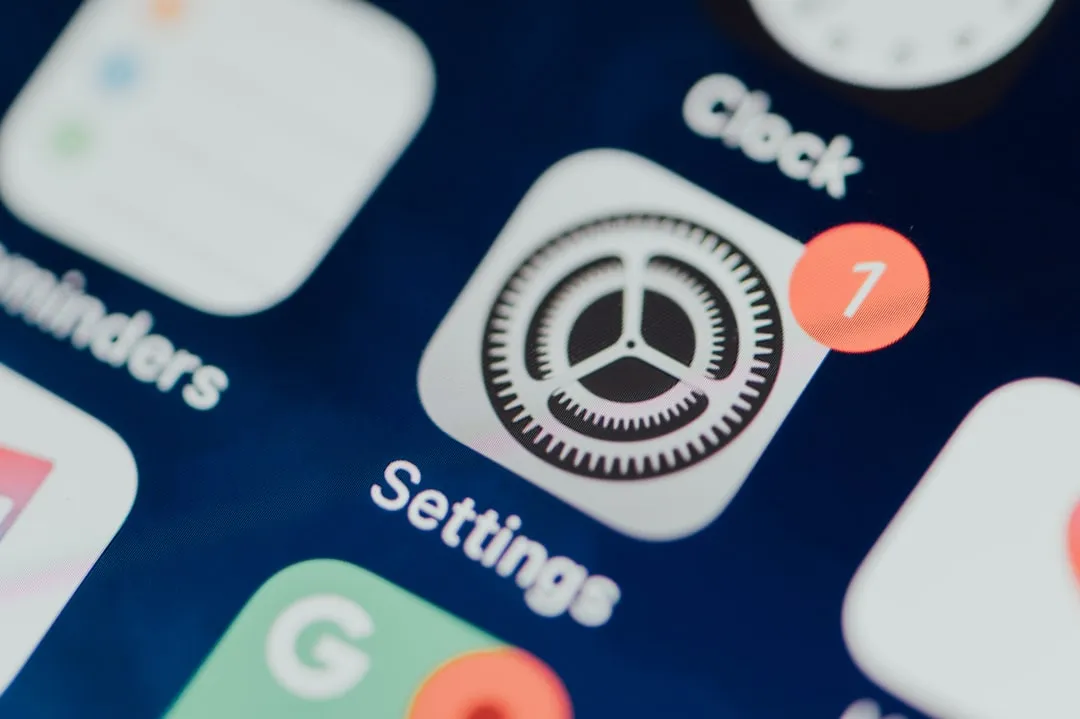
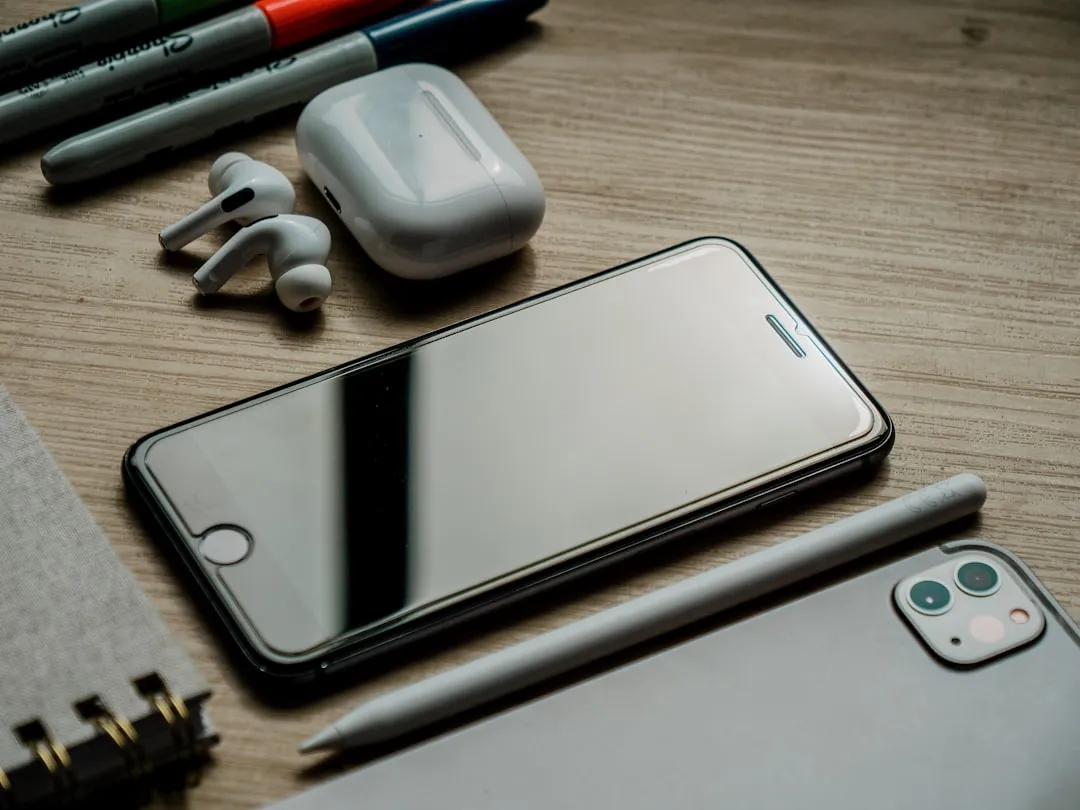

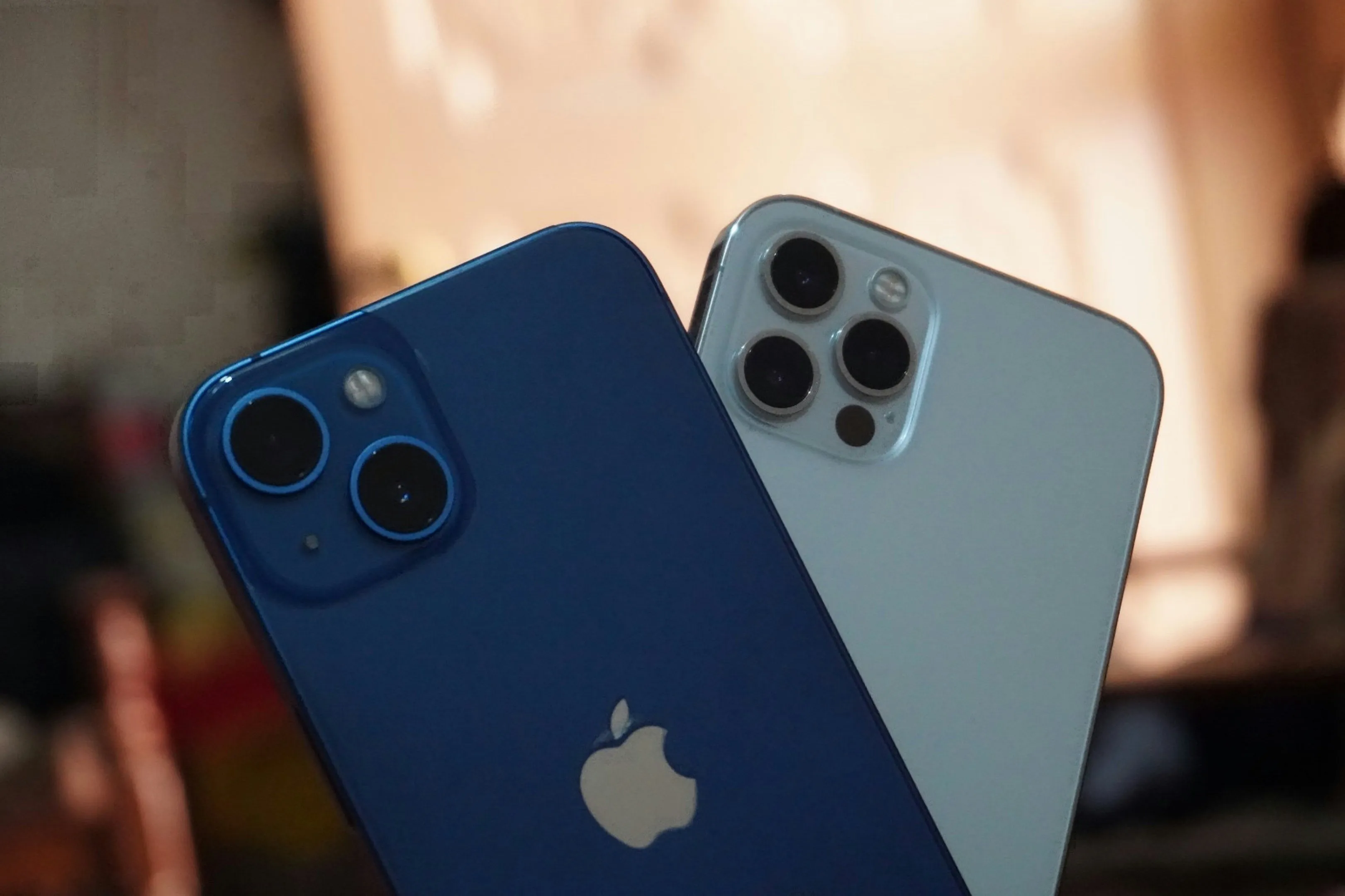

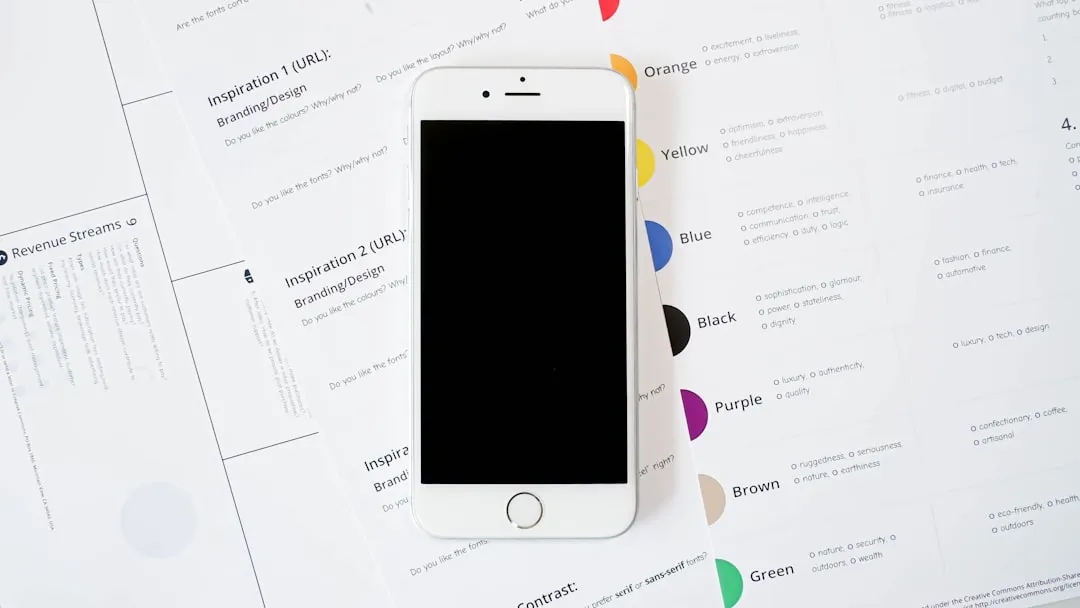
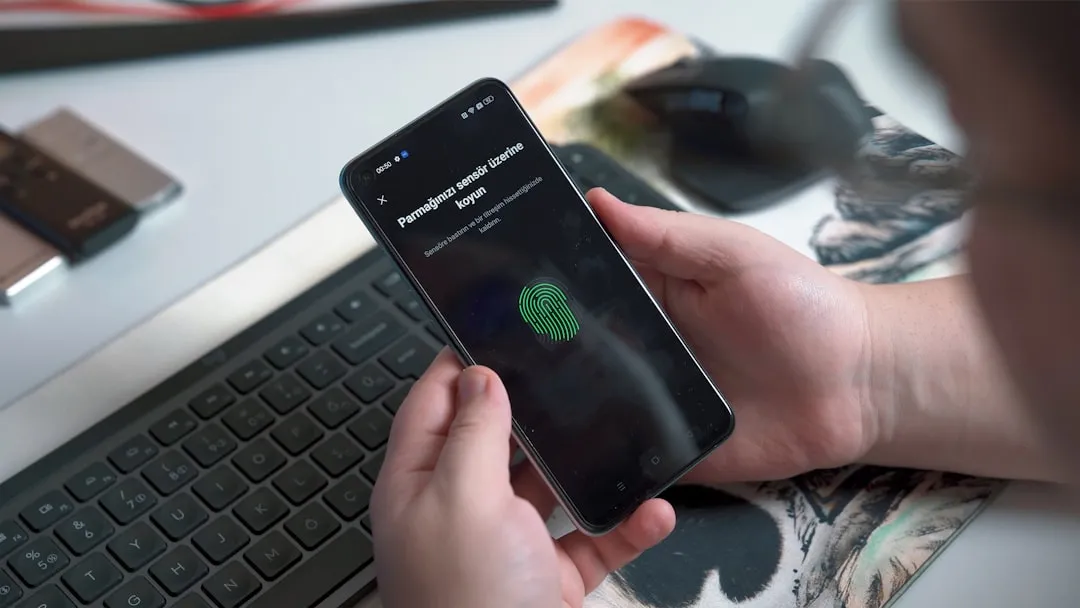
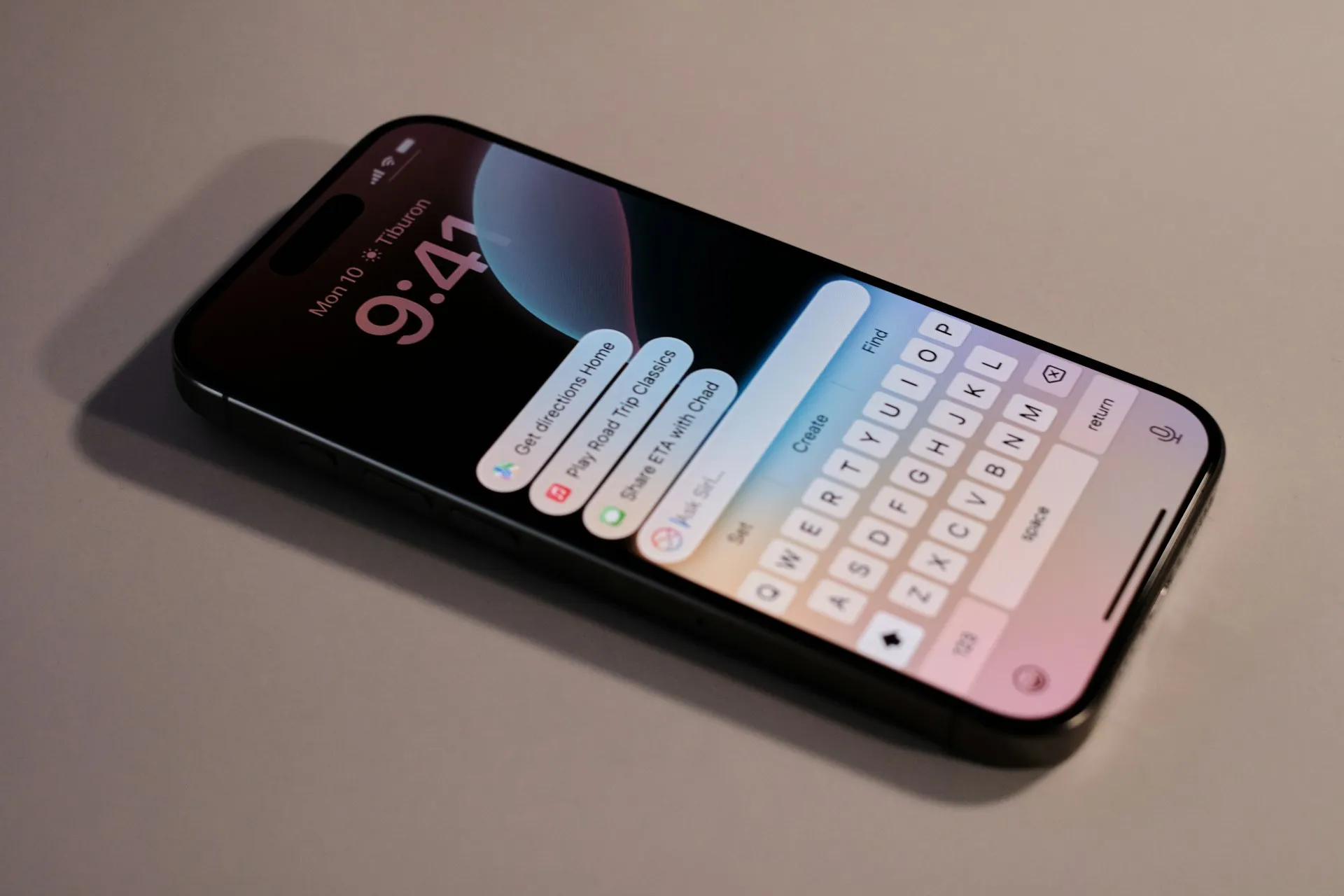

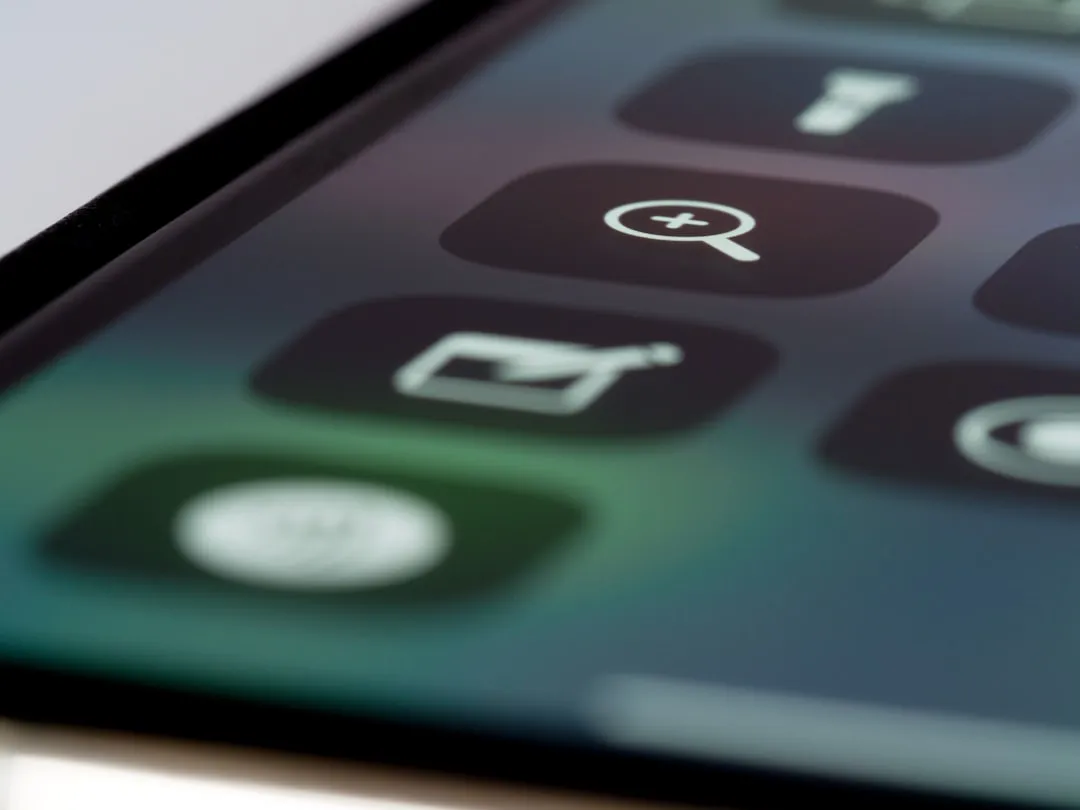
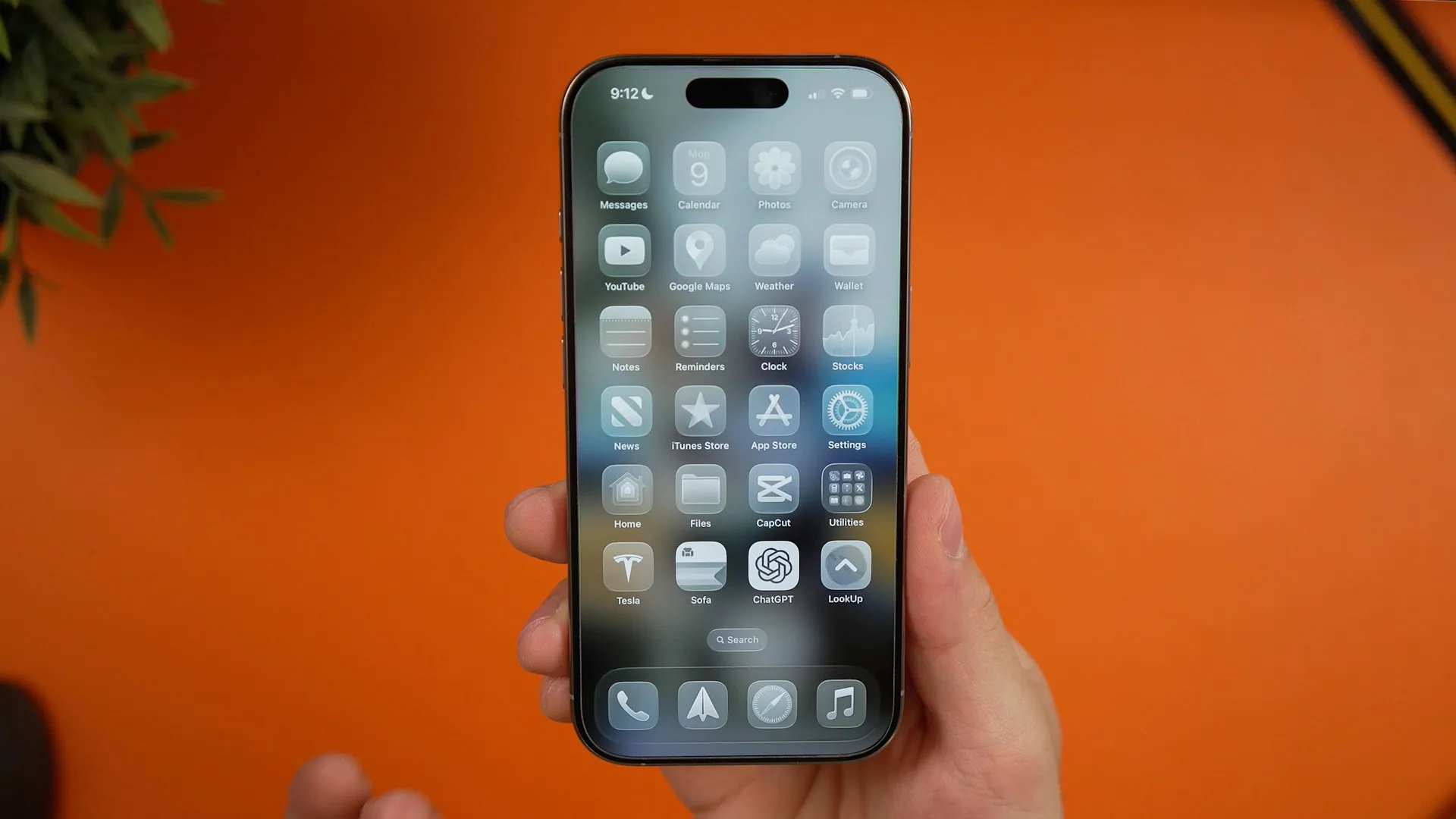
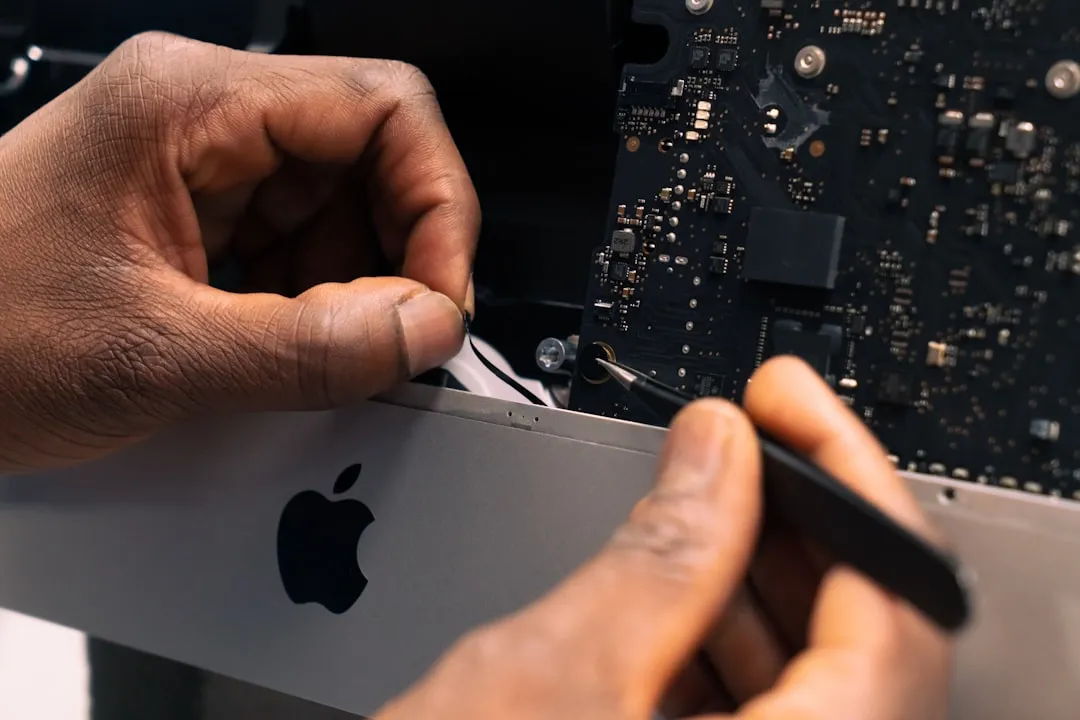
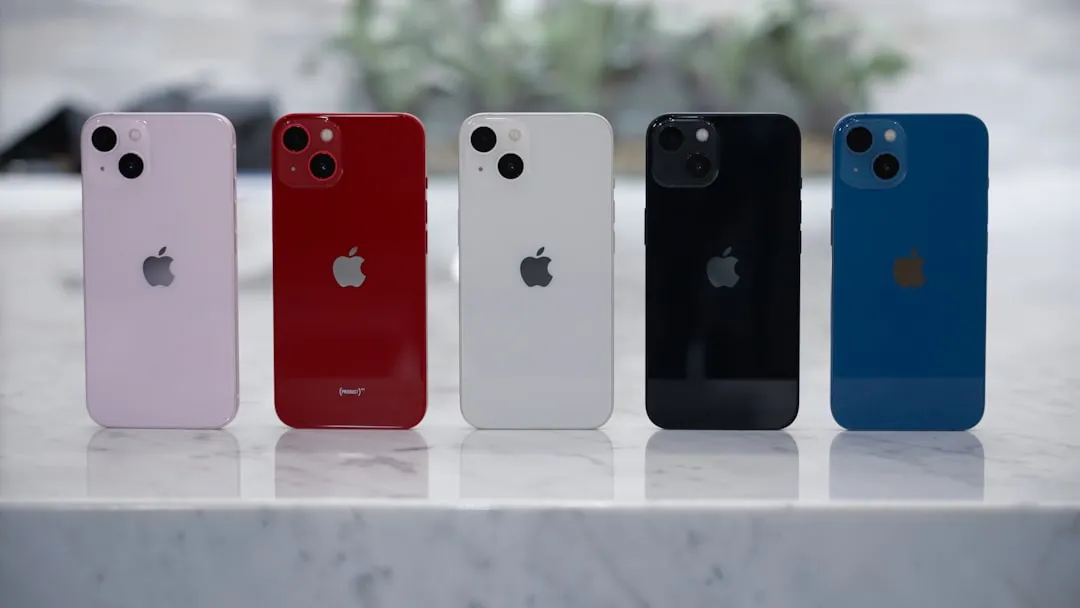
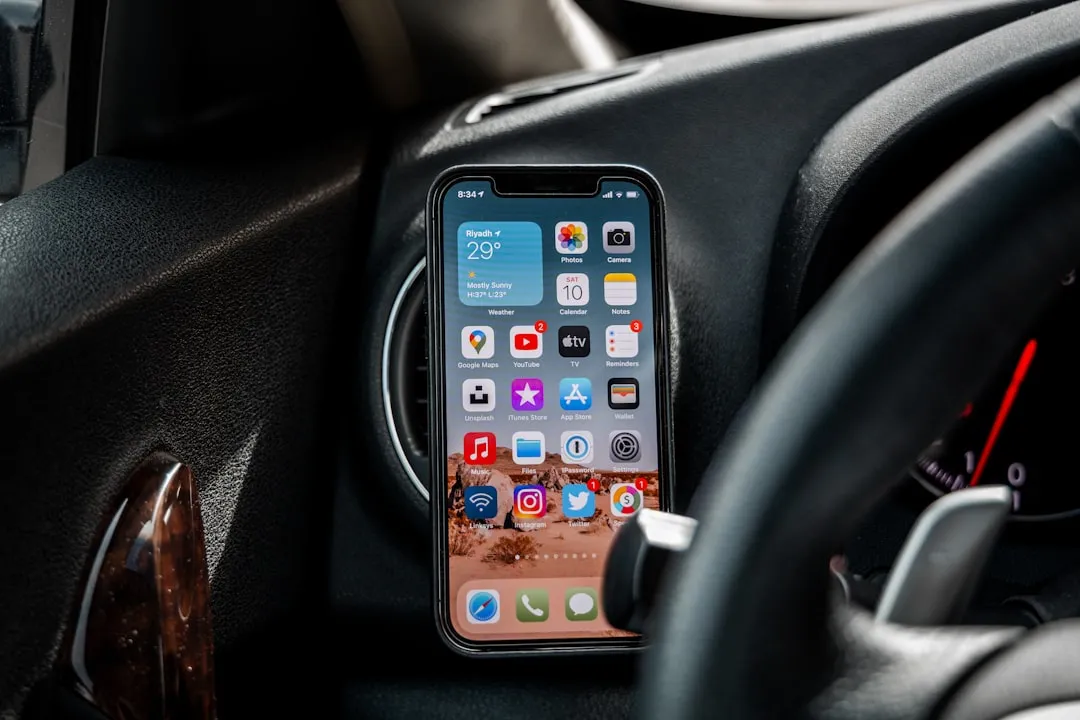


Comments
Be the first, drop a comment!